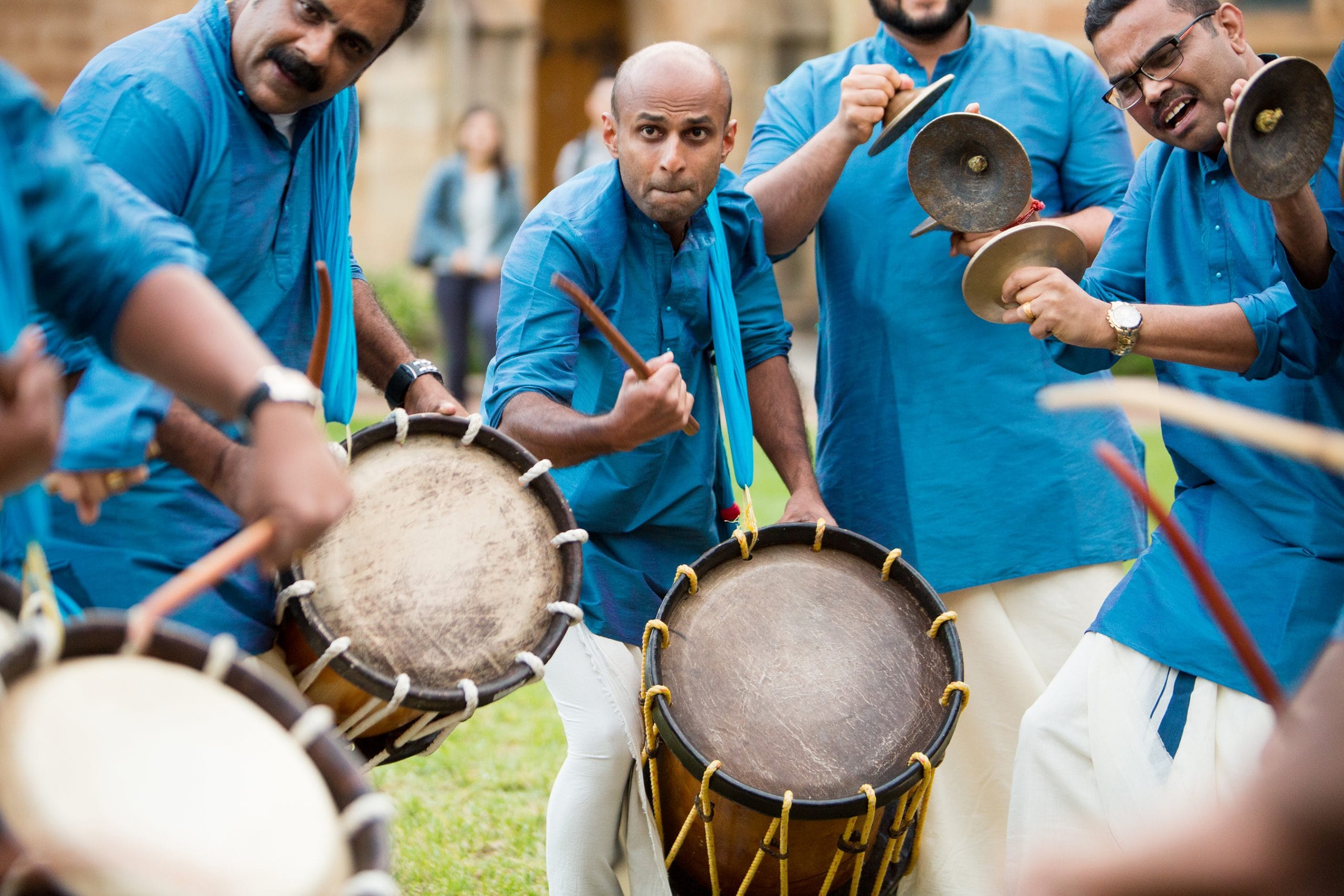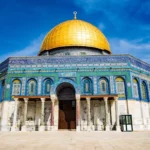This article provides a comprehensive overview of multiculturalism, exploring its meaning, benefits, challenges, and practical applications. We’ll delve into the nuances of living in a diverse world, examining how different cultures interact and influence one another. Jump to a specific section
Understanding Multiculturalism in Today’s World
Living multiculturally involves more than simply acknowledging the existence of different cultures; it’s about actively engaging with and appreciating the rich tapestry of human experience. It entails understanding different perspectives, challenging our own assumptions, and building bridges between communities. This section explores the multifaceted nature of multiculturalism, examining both its individual and societal dimensions.
What Does “Multiculturally” Mean?
“Multiculturally” describes an approach that values and integrates diverse customs, beliefs, and perspectives. At a personal level, it may involve exploring new traditions, cuisines, or art forms, enriching our own lives through exposure to different ways of being. Societally, it means cultivating inclusive environments where everyone feels welcome, respected, and empowered, regardless of their background. This requires addressing systemic inequalities and ensuring equitable opportunities for all. Learn more about the meaning of “multiculturally”
The Advantages of Diversity
Research suggests that multiculturalism offers a multitude of benefits. Diverse teams are often more innovative and creative, bringing a wider range of perspectives to problem-solving. Exposure to different cultures broadens our horizons, challenges our biases, and fosters greater empathy. It can also lead to increased economic growth and a richer cultural landscape.
Navigating the Challenges
Building a truly multicultural society is not without its challenges. Differing cultural values and practices can sometimes lead to misunderstandings or conflict. Navigating these differences requires open communication, mutual respect, and a willingness to find common ground. Additionally, it’s important to address potential power imbalances between cultural groups and ensure that all voices are heard and valued. Explore the complexities of multicultural diversity
Steps Toward Inclusivity
Creating a more inclusive world starts with individual actions. We can all contribute by cultivating curiosity about different cultures, challenging our own biases, and practicing empathy. Speaking out against discrimination and actively building bridges between communities are also essential steps toward fostering a more just and equitable society. Is “multicultural” the right term?
What is the meaning of the word multiculturally?
“Multiculturally” signifies an approach that values and integrates the diverse perspectives of various cultural groups. It describes how interactions and systems can be designed to embrace cultural diversity, promoting inclusivity and respect. Understanding this concept is crucial for navigating today’s interconnected world and fostering positive cross-cultural relations.
Defining “Multiculturally”
The term “multiculturally” refers to interacting or operating in a way that acknowledges, respects, and integrates diverse cultural perspectives. It’s about moving beyond mere tolerance to actively engage with and learn from different cultures. This may involve adapting communication styles, considering different cultural norms, and creating spaces where everyone feels valued and respected.
The Importance of Context
While often linked to multiculturalism (the state of cultural diversity), “multiculturally” describes the manner in which interactions and systems are designed to encompass this diversity. For example, a workplace might be described as “multicultural” if it employs people from various backgrounds. However, it only truly operates “multiculturally” if its policies, practices, and communication styles actively embrace and value those differences.
The Impact of “Multiculturally”
Effective multicultural engagement goes beyond mere tolerance and strives for equitable representation and the active dismantling of systemic biases. It requires ongoing effort, reflection, and a commitment to creating truly inclusive environments. This can lead to numerous benefits, including increased innovation, improved communication, and stronger relationships between individuals and communities.
Understanding the Nuances
While dictionaries offer basic definitions, understanding the full meaning of “multiculturally” requires exploring its practical application and its connection to broader concepts like interculturalism. This deeper understanding is crucial for fostering genuine inclusivity and navigating the complexities of our diverse world.
What does it mean to be multiculturally diverse?
Being multiculturally diverse goes beyond simply existing in a space with people from different backgrounds. It involves acknowledging, respecting, and appreciating the unique perspectives and experiences that each culture brings to the table. It’s about fostering a sense of belonging while embracing the richness that comes from our differences.
Embracing the Spectrum of Diversity
“Multicultural diversity” encompasses a wide range of factors, including ethnicity, race, religion, language, family values, economic status, sexual orientation, abilities, and geographic origin. It recognizes that each individual’s cultural identity is shaped by a complex interplay of these factors. This intersectionality adds depth and richness to the concept of multicultural diversity, reminding us that no two individuals experience culture in exactly the same way.
The Power of Perspective
Living in a multiculturally diverse environment offers the opportunity to learn from one another and broaden our understanding of the world. It challenges us to question our assumptions, break down stereotypes, and appreciate the validity of different ways of life. This can lead to greater empathy, tolerance, and a deeper appreciation for the human experience.
Navigating the Complexities
While diversity is a strength, it can also present challenges. Misunderstandings can arise due to differing communication styles or cultural norms. Navigating these complexities requires patience, open-mindedness, and a willingness to engage in respectful dialogue. It’s important to remember that building truly inclusive environments is an ongoing process that requires continuous effort and commitment.
Ongoing Research and Evolving Perspectives
Our understanding of multicultural diversity is constantly evolving as research explores its impact on communities, workplaces, and individual well-being. Some studies suggest that diverse teams are more innovative, while others highlight the social and emotional benefits of interacting with people from different backgrounds. As we continue to learn, we can refine our approaches to fostering inclusivity and celebrating the richness of our diverse world.
Is multicultural the correct term?
While “multicultural” is widely used, ongoing discussions explore whether it fully captures the dynamic interplay between cultures. Some argue that it merely acknowledges the presence of multiple cultures without necessarily implying interaction or integration. Alternatives like “intercultural” or “cross-cultural” often emphasize the exchange and relationships between cultures, suggesting a more active and dynamic process.
Nuances of Terminology
“Multicultural” describes a society with multiple cultures, but doesn’t inherently address the quality of interaction or power dynamics between them. It can potentially mask underlying inequalities or tensions. “Intercultural,” on the other hand, highlights the dynamic exchange and mutual learning that can occur between cultures.
Evolving Language
The language we use to describe diversity is constantly evolving. As we gain a deeper understanding of the complexities of cultural interaction, we may continue to refine our terminology to reflect those nuances. This ongoing conversation is essential for promoting clear communication and building truly inclusive societies. You can visit Mount Moriah in Jerusalem for a pilgrimage or just for sightseeing.
The Importance of Inclusivity
Regardless of the specific term we use, the underlying principle remains the same: creating societies where all cultures are valued, respected, and empowered. This requires not only acknowledging diversity, but also actively fostering understanding, empathy, and equitable opportunities for all. Would you like to know more about Okolona, MS as a potential site for your new home?
- Unlock 6000+ words beginning with he: A comprehensive analysis - April 20, 2025
- Mastering -al Words: A Complete Guide - April 20, 2025
- Master Scrabble: High-Scoring BAR Words Now - April 20, 2025

















2 thoughts on “Living Multiculturally: Navigating Diversity in Today’s World”
Comments are closed.